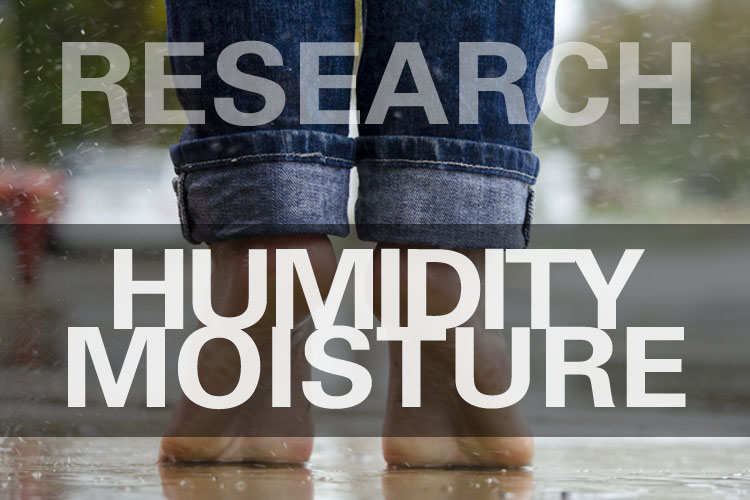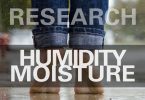Straw, as a fibre, has been used as part of building materials for several thousand years. With the invention of the mechanical baler in the early 1900s, it became possible for compressed straw to be used as the primary building block of exterior building walls. Although strawbale (SB) houses were popular for a short while in a local area of Nebraska, they lost favour for nearly half a century. There has recently been a rebirth in SB house construction and interest. In many cases, the interest stems from the highly insulating, simple, and sustainable nature of SB walls. Although there is a large and growing body of empirical evidence that strawbale buildings can be used very successfully, the scientific justification and explanation are lacking, and hence accepted engineering approaches to design, testing and inspection have not been well developed.
To support the growing volume of rice straw agricultural waste, the State of California supported a research program to improve the level of scientific knowledge of strawbale wall behaviour and performance. This report is a draft summary of the results of the moisture property testing of a range of plaster types that might be applied on strawbale walls. It reviews the literature for previous data, describes the test protocols, and summarizes the results.
Author:
Straube, John



